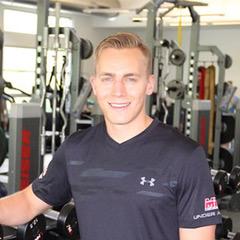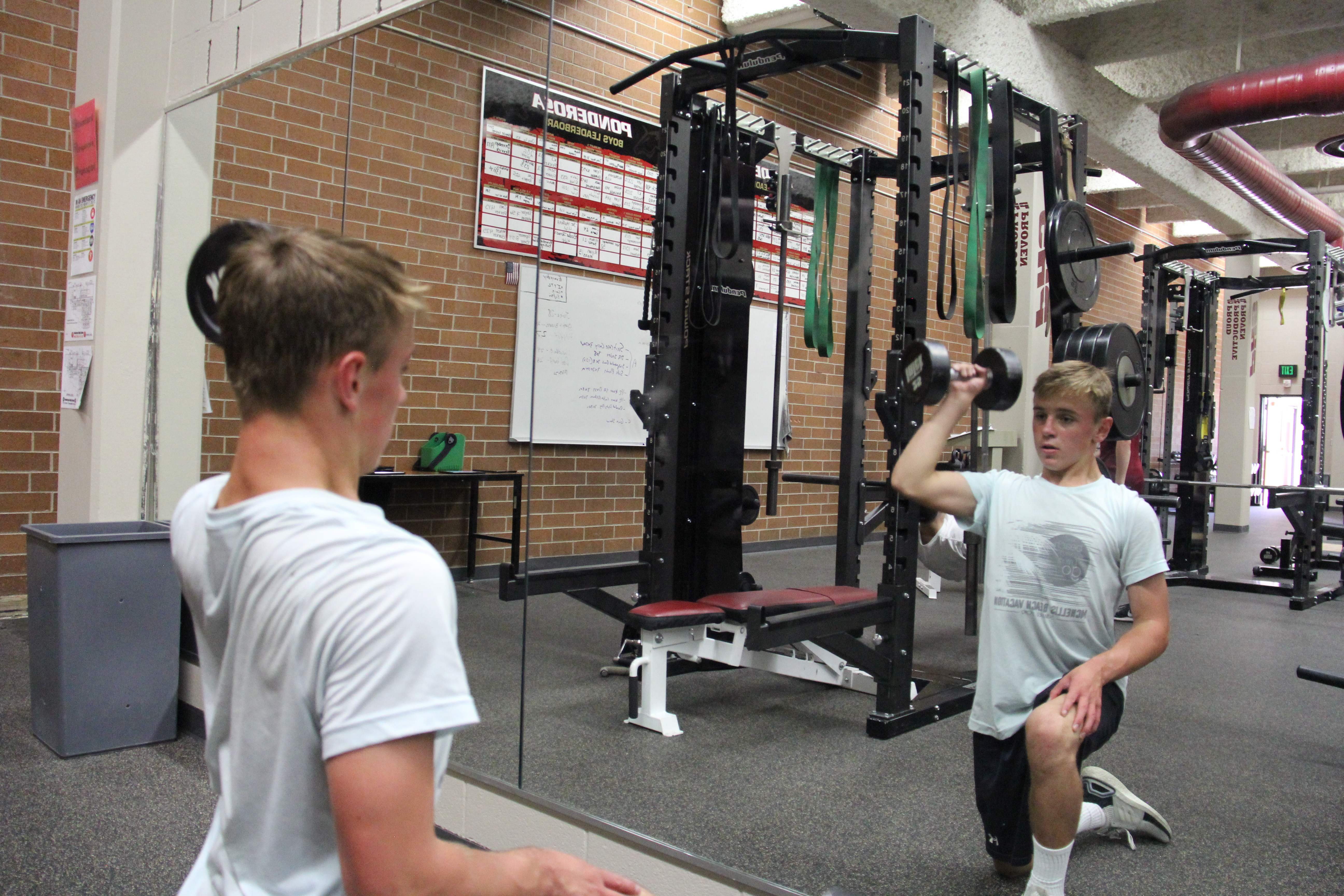Resistance Training for Young Athletes
Sports Performance | Strength & ConditioningABOUT THE AUTHOR

Jimmy Pritchard
Jimmy Pritchard is currently the Director of Strength & Conditioning for Ski & Snowboard Club Vail in Vail, Colorado. He holds a BSc in Exercise Science from Colorado Mesa University and is currently working on his MSc degree in Exercise Science from Edith Cowan University. He is certified through the NSCA with both his CSCS and RSCC certifications.
// When should young athletes resistance train?
For decades, there has been a debate over the proper age for young athletes to begin resistance training. Certain individuals believe it will stunt your athletes’ growth. Others think it will reduce long term flexibility, and cause injury. The list of myths continues. However, it has never been firmly established at what age resistance training for athletes should begin. In my opinion, the answer is a resounding “as soon as possible”.
Think About Performance training
First of all, rather than using the term resistance training, I prefer the term “performance training”. Any fashion in which we seek to improve ourselves is for performance. Whether it be walking everyday to improve your health or learning the proper technique of a front squat to improve your strength. Thus resistance training for young athletes should be treated as if you are looking to improve performance.


So, What is the Right Age?
Everybody matures, progresses, and learns differently. I’ve instructed athletes as young as 10 years old to perform barbell front squats, because they were ready. For young athletes, I believe it is never too early to seek improved performance. When beginning a program with a young athlete they will not start with anything complex or heavy. The goal should not be to increase weight or to add strength. Adding load to any movement pattern must be earned, it is not a right. As Gray Cook says, “never add strength to dysfunction.”
Younger athletes are developing neurologically and physiologically at a faster rate than adults. Therefore, it is imperative to understand pushing strength/power is not at the top of the list of athlete necessities. Greasing the groove and becoming as neurologically efficient as possible does.There is no magical age that suddenly you can begin back squatting. 10 years old, or 40, you must earn the right to add load. You do this by mastering the movement pattern unloaded first. And that can start at any age.


Build A Strong Foundation
Young athletes must master a lot of movement patterns. Squatting, hinging, stepping, crawling, lunging, etc. Building the foundation to these is vital in improving your young athletes. It can be incorporated into games for better compliance and enjoyment. Personally, I have seen outstanding results with playing freeze tag. You can incorporate single leg movements, tumbling, and skipping to build on these patterns. Unfortunately, there is a misconception that young athletes will get all of the stimulus they need via participation in team sports. This is not the case because many sports develop asymmetries and imbalances in movement patterns. It’s more important than ever to begin resistance training for young athletes because of the sedentary lifestyle most Americans live today. Young athletes can benefit from improved motor control as well as reduction of injury from performance training.


Want more training content?
More coaches and athletes than ever are reading the TrainHeroic blog, and it’s our mission to support them with useful training & coaching content. If you found this article useful, please take a moment to share it on social media, engage with the author, and link to this article on your own blog or any forums you post on.
Be Your Best,
TrainHeroic Content Team
HEROIC SOCIAL
HEROIC SOCIAL
TRAINING LAB
Access the latest articles, reviews, and case studies from the top strength and conditioning minds in the TH Training Lab

